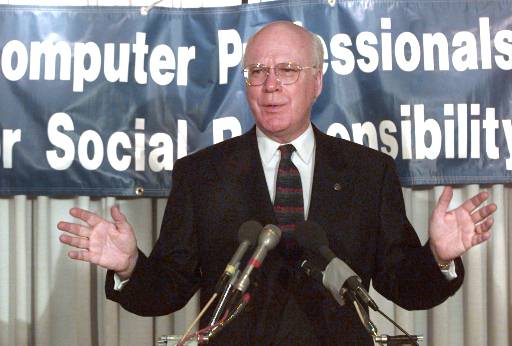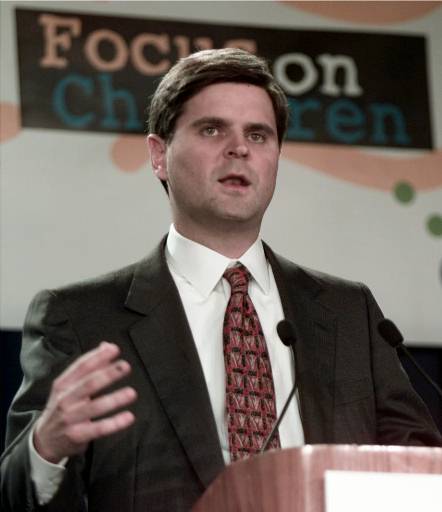Reno v. American Civil Liberties Union (1997)

In Reno v. American Civil Liberties Union, 521 U.S.844 (1997), the Supreme Court held in a unanimous decision that provisions of the 1996 Communications Decency Act (CDA) were an unconstitutional, content-based restriction of First Amendment free speech rights.
The decision is significant because the Court established that speech on the Internet is entitled to the same high degree of First Amendment protection extended to the print media as opposed to the reduced level given the broadcast media.
Communications Decency Act tried to protect minors from offensive Internet communications
The CDA was designed “to protect minors from ‘indecent’ and ‘patently offensive’ communications on the Internet” by prohibiting “the knowing transmission of obscene or indecent messages.”
The act allowed Web sites to defend themselves by either good faith efforts to restrict prohibited communications to adults or age verification measures such as credit cards or identification numbers.
Supreme Court distinguished Internet speech from radio, rejected regulation
Justice John Paul Stevens, who drafted the majority opinion, centered his argument on the difference between the Internet and the radio.
In Federal Communications Commission v. Pacifica Foundation (1978), the Supreme Court had ruled that radio broadcasts (in this case George Carlin’s “Filthy Words” monologue) were subject to greater regulation than the print media. Stevens noted that the radio, unlike the Internet, is intrusive; listeners do not know what they will hear before tuning into a certain channel.
By contrast, Internet users must “click on” Web sites, and they usually have a good idea of whether they are likely to view objectionable material. Thus parental controls are possible.
Stevens also noted that the Internet was situated much differently than radio; “it can hardly be considered a ‘scarce’ expressive commodity” because it “provides relatively unlimited, low-cost capacity for communication of all kind.”

Court found CDA vague, overreaching in prohibiting First Amendment-protected speech
Finally, because the Internet is on “all the time” and is a worldwide entity, CDA regulations are underinclusive in protecting children from objectionable materials and overinclusive in protecting adults’ First Amendment rights.
The Court also concluded that the terms indecent and patently offensive in the CDA were ambiguous and vague and reached far beyond the unprotected speech covered by Miller v. California (1973).
Dissent said CDA is like a zoning law, creating ‘adult zones’ on the Internet
In her partial dissent, Justice Sandra Day O’Connor, joined by Chief Justice William H. Rehnquist, viewed the CDA as a zoning law, creating separate “adult zones” on the Internet.
cited https://www.mtsu.edu/first-amendment/article/531/reno-v-american-civil-liberties-union
